Looking Up, 16-page English PDF Edition, Back Issues and Current Issue
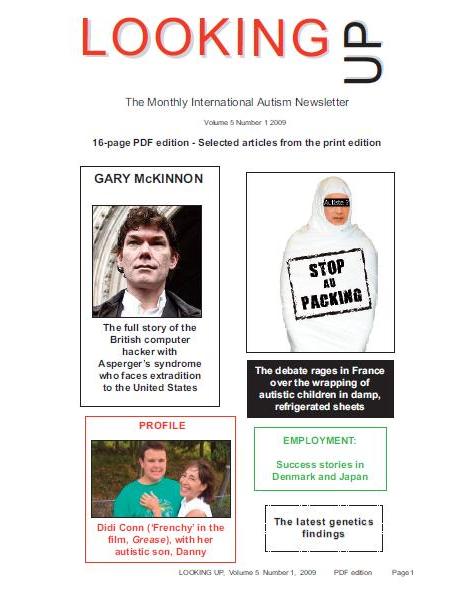
|
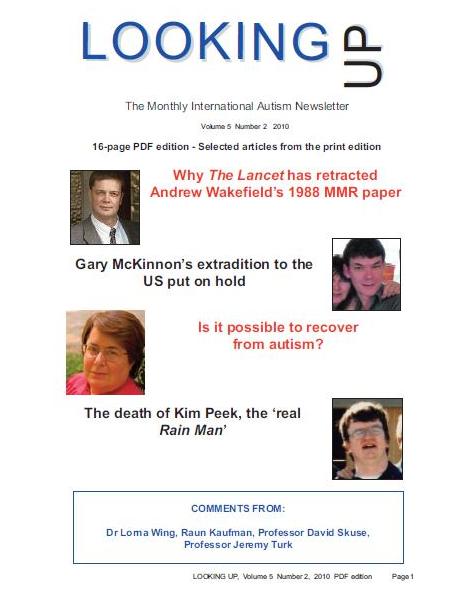
|
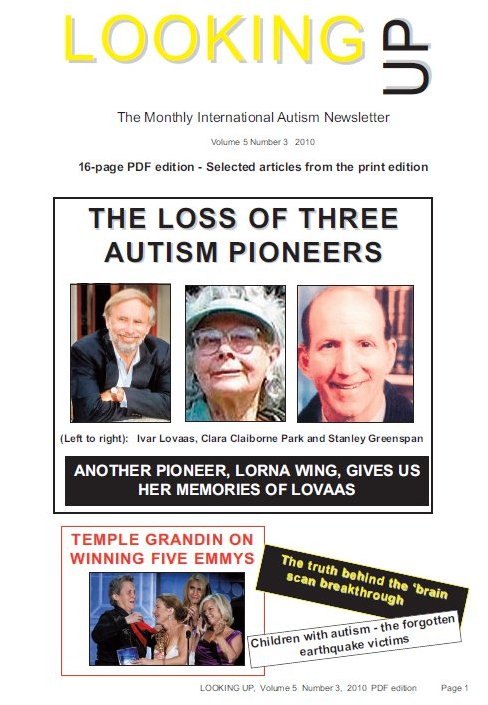
|
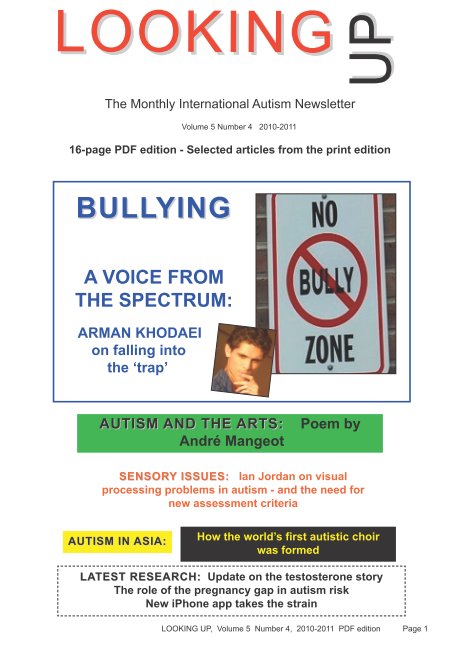
|
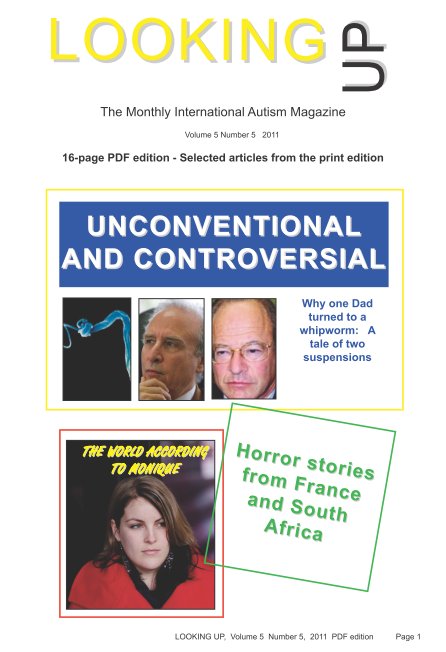
|
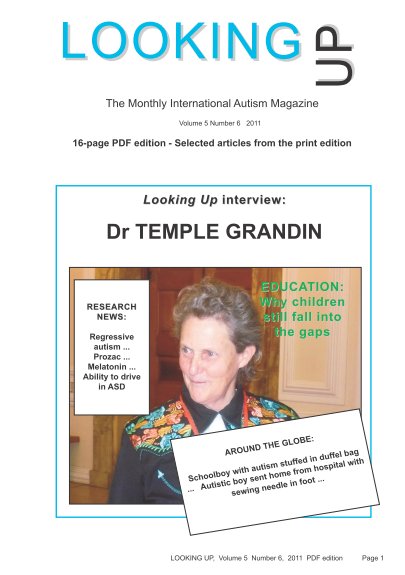
|
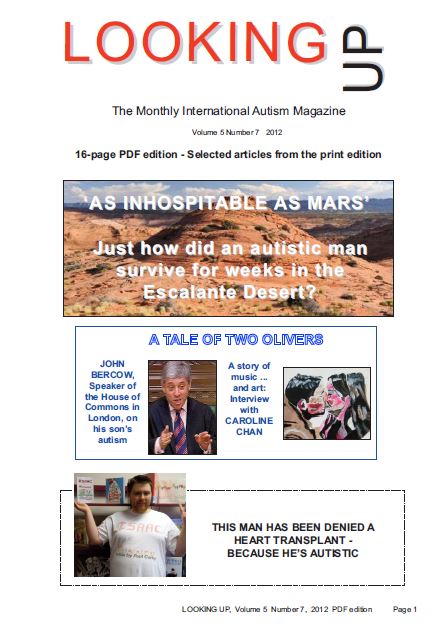
|
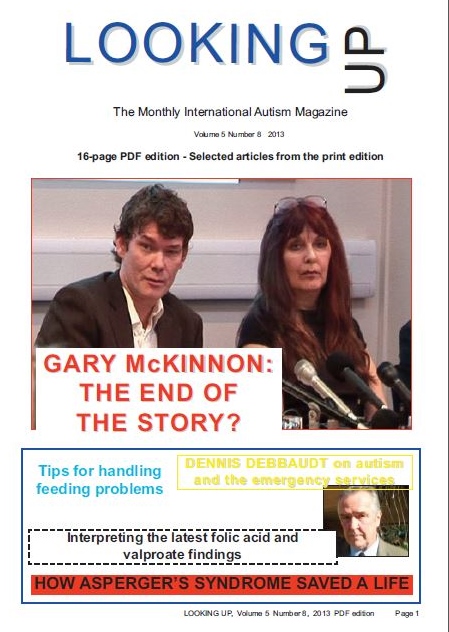
|
| Home page | Subscribe (print edition) | Selected articles | Our publications | Our mailing lists |
| PDF edition | Subscribe (PDF edition) | Back issue contents | Autism books | Contact us |
From Volume 3 Number 10
Autistic
actress stars in prize-winning film
By
ADAM FEINSTEIN
SAN SEBASTIAN, Spain: A young girl with autism starred in a film by the Serbian director, Goran Paskaljevic, which won the Special Jury Prize at the 52nd San Sebastián Film Festival. San zimske noci (A Midwinter Night's Dream) tells of a deserter from the Serbian army, played by Lazar Ristovski, who returns to Belgrade after 10 years in exile to find his house occupied by a Bosnian refugee (Jasna Zalica) and her 12-year-old autistic daughter. Instead of throwing them out, he chooses to live with them, and the man, scarred by the Balkans war, finds that the child’s innocence acts as a soothing influence. “You are like a bear cub who sleeps during the winter. All you need is for someone to wake you up,” he tells her.
The young protagonist, appearing in her first film, is Jovana Mitic, who has autism in real life and who murmured all through the press conference in San Sebastian, as she sat beside Paskaljevic and her real mother.
Paskaljevic declared that his plan had initially been to use autism as a political metaphor, but on meeting Jovana, he decided to focus on the condition itself.
“I was faced with the moral dilemma of whether I should work with a person like that,” the director said. “But all the doctors we consulted - and even the United Nations resolutions on this topic - indicated that we must not exclude these people but rather invite them to participate in all activities, especially if they are artistic.”
Born in Belgrade in 1947, Paskaljevic first came to prominence with his 1976 Berlin Critics’ Prize winner, Beach Garden in Winter. His 1990 movie, Time of Miracles, also proved a big success. He fled Serbia in 1992 because of his opposition to the Serbian regime of Slobodan Milosevic and lived in exile in France and Ireland. His other films include How Harry Became a Tree and Cabaret Balkan.
He told the San Sebastián audience: “Films have to be a testimony of the times. We must confront the past and accept it. That’s the only way we will be able to create a better future. I think this is a very human film, and in this humanity I see hope.”
The director added: “I used the girl’s autism metaphorically. In my country, there are political forces which were defeated in the war but are coming back to life, and are again forming part of the political panorama. Forgetting the recent past is a kind of autism.”
Paskaljevic said that wanted his film to be “a modern form of Greek tragedy, where there are no happy endings.”
He eventually chose Jovana for the child lead because, he said, it was impossible for a non-autistic actress to play the role. “It wasn’t easy working with her, but I received great support from her mother,” he recalled. “Before taking part in the film, her mother told me that when her daughter met people, they used to look away. After this film, I don't think they will do that.” He added: “At times, I believe that Jovana lives in a world which is much better than ours.”
Lazar Ristovski, one of the best-known faces in former Yugoslav cinema (he starred in Emir Kosturica’s Underground), declared: “It wasn’t easy - this was the first time I had ever met someone with autism. Like most people, I was a little scared at first, but as the filming went on, this fear turned into affection and love for her.”
For her part, Jasna Zalica, said: “They say people with autism are unable to communicate and to have feelings. My very first meeting with Jovana showed me that the opposite is true.”

|

|

|

|

|

|

|

|
| Current 40-page print edition issue | |||||||||||||||
|---|---|---|---|---|---|---|---|---|---|---|---|---|---|---|---|
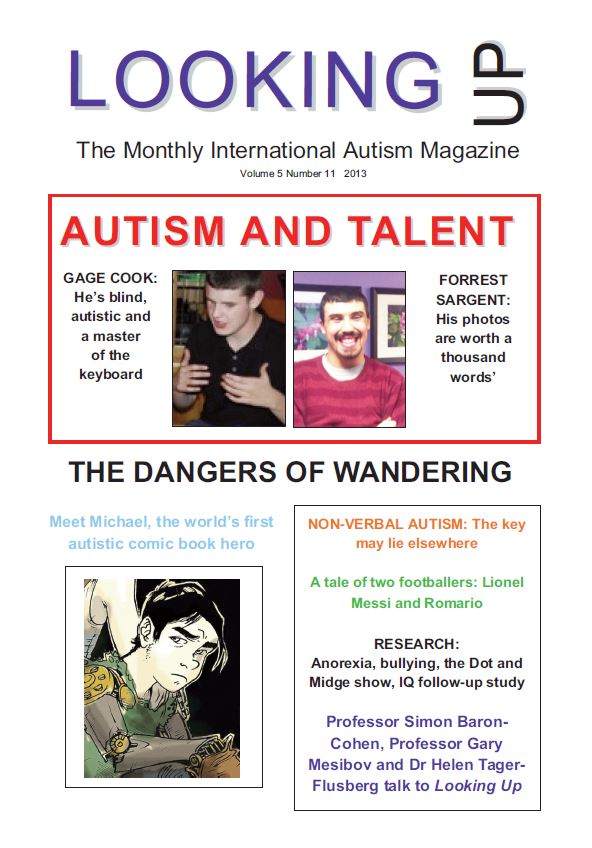
|
| ||||||||||||||
| PRINT EDITION BACK ISSUE CONTENTS AND FRONT COVERS | ||||||||||||||||||||||||||
|---|---|---|---|---|---|---|---|---|---|---|---|---|---|---|---|---|---|---|---|---|---|---|---|---|---|---|
| VOLUME 1, Number: | 1 | 2 | 3 | 4 | 5 | 6 | 7 | 8 | 9 | 10 | 11 | 12 | VOLUME 2, Number: | 1 | 2 | 3 | 4 | 5 | 6 | 7 | 8 | 9 | 10 | 11 | 12 | |
| VOLUME 3, Number: | 1 | 2 | 3 | 4 | 5 | 6 | 7 | 8 | 9 | 10 | 11 | 12 | VOLUME 4, Number: | 1 | 2 | 3 | 4 | 5 | 6 | 7 | 8 | 9 | 10 | 11 | 12 | |
| VOLUME 5, Number: | 1 | 2 | 3 | 4 | 5 | 6 | 7 | 8 | ||||||||||||||||||
| You can find our PDF EDITION CONTENTS AND COVERS on our PDF EDITION BACK ISSUES PAGE | ||||||||||||||||||||||||||
| Home page | Subscribe (print edition) | Selected articles | Our publications | Our mailing lists |
| PDF edition | Subscribe (PDF edition) | Back issue contents | Autism books | Contact us |